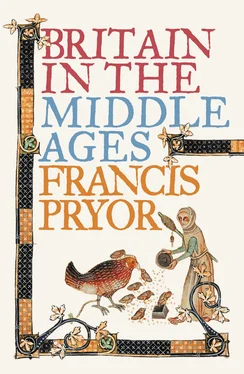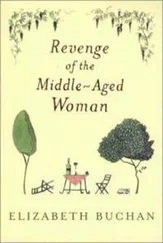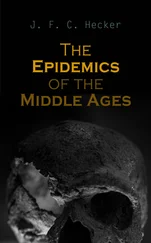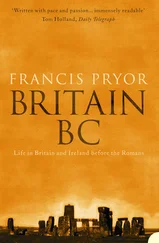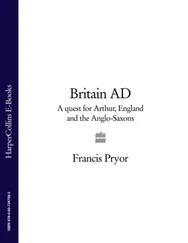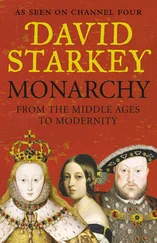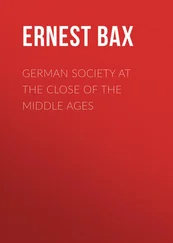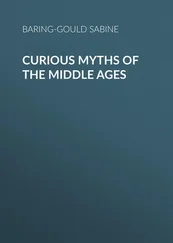1 ...6 7 8 10 11 12 ...22 The rarity of finds at Yeavering tends to be a feature of early medieval sites in northern and western Britain. Coins too tend to be rare, and it would seem that the economy was mainly based around barter. In situations such as this we should be careful of simply assuming that somehow coins = trade. In actual fact exotic coins can be collected as beautiful objects in their own right, they can be used as a way of storing wealth, and of course the royal name and portrait carried on many of them is a political statement in itself – and one which would only be seen by members of the upper echelons of society.
Throughout northern and western Britain there is evidence for trade with the Mediterranean region and Gaul. Usually this comes in the form of amphora fragments. Amphorae were large, robust vessels in which wine and oil were exported from the Mediterranean. Fine table wares were often made in north Africa. Coins do not appear to have been used in these transactions, and it is usually assumed that other items were exchanged, such as tin (in Cornwall) or copper, lead, silver or gold (elsewhere). Other items produced in north-western Britain probably included hides, fur and slaves. Wool and cloth do not seem to have been produced in exportable quantities.
Many sites, such as forts and rural settlements, echo Yeavering in revealing fine buildings but a rather small inventory of finds. One exception is the early Christian community at Whithorn Priory in south-west Scotland. This remarkable site has produced many fine buildings, which were accompanied by a large collection of pottery, glass and other objects. 11 Many of these were imports. The site developed into a very significant settlement that has been described as proto-urban – not quite a town, but almost. The large numbers of finds might in part reflect the high quality of the excavation, but then Yeavering, to name just one example, was dug to equally high standards and produced little. One key to what might be special circumstances at Whithorn was provided by the distribution of the sixty-five coins, which mainly occurred around the church doorway. This could possibly suggest that there had been a church collection point of some sort here, and that the coins around it were mislaid offerings. However, it doesn’t explain how the people who made the offerings obtained their coins in the first place.
So if the coins at Whithorn cannot be linked directly to trade, what about the many imported Mediterranean, Gaulish and Continental objects? Surely these indicate extensive trade? In fact a close study of the various types of exotic pottery shows that they were actually imported rather sporadically and over quite a long period, from the late fifth to the eighth century. What was the nature of the trade between north-western Britain and elsewhere? Some would have taken place through Anglo-Saxon middlemen at places such as York, where we know that a coin mint had been established in the late seventh century. Some took place under the aegis and protection of the Church, as at Whithorn. But was there regular to-ing and fro-ing; was there continuous and active communication? On the whole I think not. Contacts had been established and could be called upon when needed, which is another way of saying that this was essentially a command economy.
Professor Charles Thomas has suggested that the trade between the Mediterranean region and his site at Tintagel Castle in north Cornwall would have involved ships which loaded up at various Mediterranean ports and then headed towards Britain, probably via the Spanish and Portuguese coast. 12 Maybe this happened every few years, we cannot tell, but it was never the constant and increasingly active, coin-based trading network that we now realise existed around the southern North Sea basin from at least the later seventh century. That was something altogether different, and both north-western Britain and Ireland lay outside it.
In 1970 I briefly flirted with the idea of transferring my academic allegiance from prehistory to the Saxon period. There were several reasons for this. First and foremost, I suddenly felt daunted by the prospect of directing my first major excavation at Fengate, in Peterborough. This was already one of the best-known prehistoric sites in Britain, and its sheer complexity was very challenging. I also knew that the following spring I would have to turn talk into action, and like many young men I had been quite free in voicing my criticisms of the previous generation. Now I would have to prove whether or not I could dig as well as them – and secretly I knew that many of them had been very good indeed. Prehistory was also going through a rather complacent period; by contrast the archaeology of the Saxon period seemed very exciting. New discoveries were being made on an almost daily basis. It wasn’t just a matter of finding new sites and artefacts, but people were coming to grips with what seemed to be a wholly new world. In the 1950s the post-Roman centuries were seen as retrogressive, a return to barbarism and incompetence, but in the sixties and seventies this was reversed. It was realised that the Saxon landscape was not cloaked in forests of neglect. People did not live in muddy holes – so-called Grübenhaus ‘pit-dwellings’ – in the ground. Instead, new buildings, settlements and landscapes of great sophistication were being revealed. Vitally important excavations at places like York, Lincoln, London, Thetford and Southampton were radically transforming our knowledge of Saxon and Viking towns.
I watched all this and I freely admit I wavered, but I then decided to stay a prehistorian. Now I’m quite sure it was the right decision. But I recall one lunchtime on the first excavation at Fengate that I directed, back in 1971. In those less Health and Safety conscious days we would go to the pub for beer and sandwiches, and then – I’m now ashamed to admit this – sometimes I’d drive heavy machinery in the afternoon. Anyhow, I was standing at the bar listening to our Inspector from the Inspectorate of Ancient Monuments at the Department of the Environment, Brian Davison. He was telling us how his dig a few years previously at Thetford had thrown light on the way Saxon townspeople organised their rubbish collection. 13 I almost choked on my beer. That was precisely the sort of detail I wanted to reveal about the Bronze Age. But where was I to find the evidence? For that brief moment I bitterly regretted my earlier decision. Then, as happens, the feeling wore off when I returned to site.
Archaeology often seems to advance in fits and starts. First there will be a period of major reassessment brought about by new discoveries, then things will calm down while people consider the implications of what has just happened. Sometimes there is then a long period of stability – some would call it complacency – when every new discovery is seen to support the status quo . Finally the first hints begin to appear that all might not be as it seems – and the whole cycle starts again. These major changes in outlook and interpretation (theorists refer to them as ‘paradigm shifts’) tend to happen one by one in the different sub-disciplines of the subject. Thus prehistory today is just recovering from a major change of direction when straightforward functional interpretations, often based around economics, gave way to so-called ‘post-modern’ approaches, which placed symbolism and ceremony at the heart of ancient culture.
A big change in direction has just happened in the world of early medieval studies, and we now find ourselves at the second stage, when the implications of what has happened are being considered. As often occurs in archaeology, the shift in thought appears at first to have been triggered by new discoveries – in this instance thousands of metal finds, many of them coins – but the new information has come at the right time to support a radical new view of Europe in earliest medieval times.
Читать дальше
